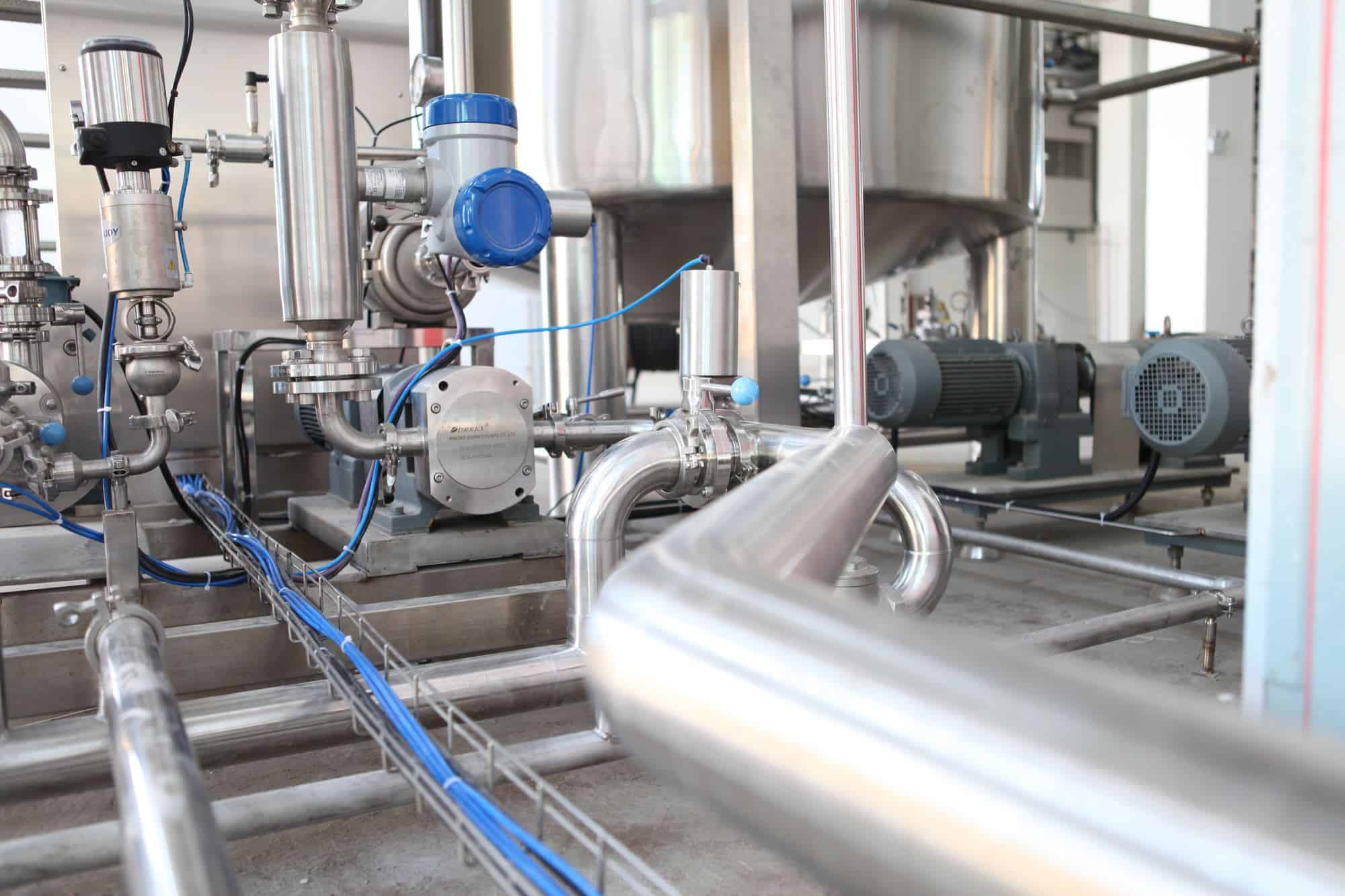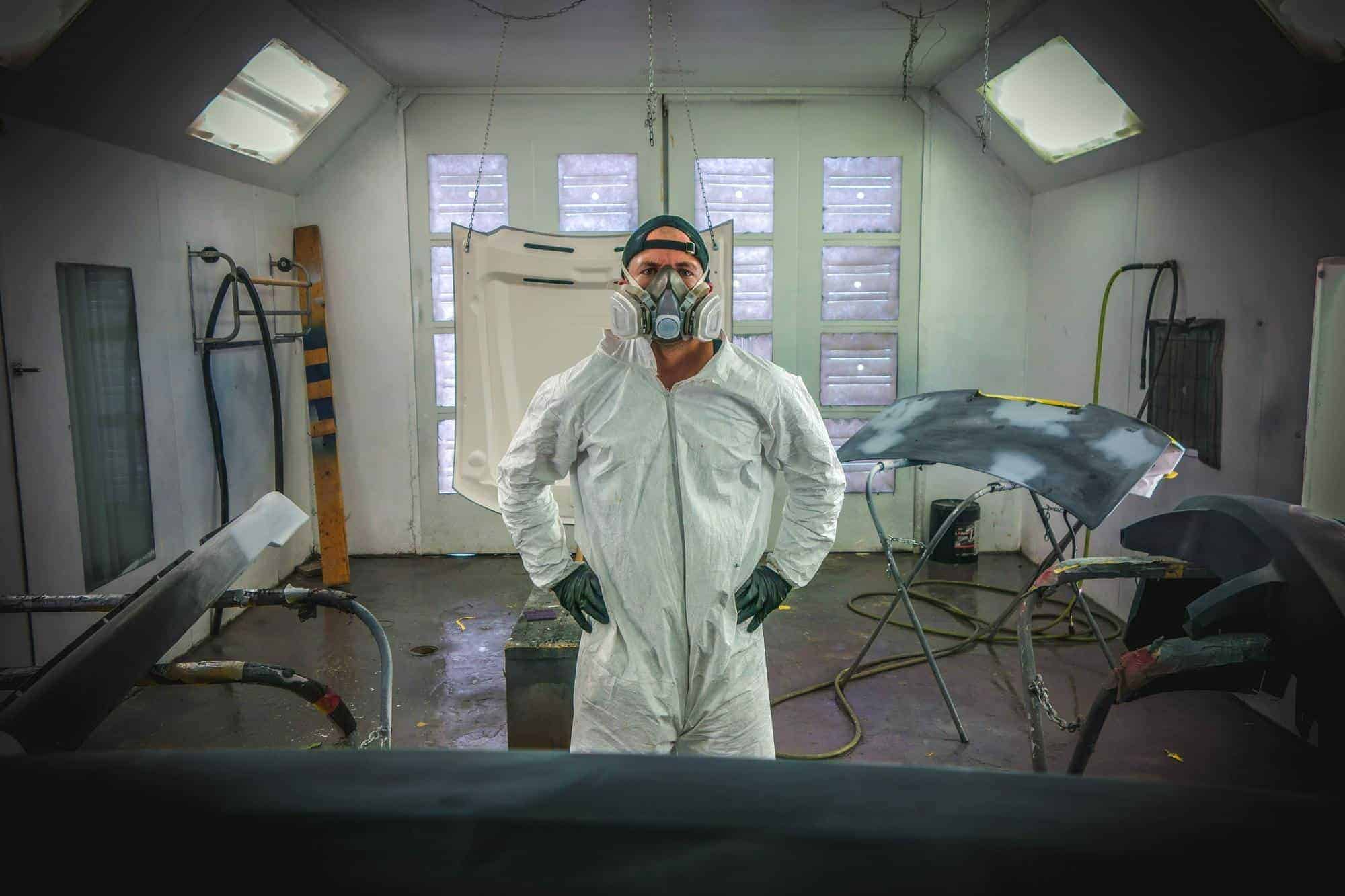Methyl ethyl ketone is often abbreviated to MEK and is also known as butanone, 2-butanone, ethyl methyl ketone, and methyl acetone. It is a colourless liquid with the formula C4H8O or CH3COCH2CH3.
MEK is a ketone – meaning it contains a carbonyl group bonded to two hydrocarbon groups – with a sharp, sweet smell a bit like mint and acetone.
Its vapours are heavier than air, it’s non-reactive with water, and is a stable organic compound under normal conditions.
It is manufactured on a large scale as it has so many uses (see below), and it can also be found in small quantities in nature.
In this post:
How is Methyl Ethyl Ketone Made?

Around 700 million kilograms of methyl ethyl ketone are made annually by oxidising 2-butanol. 2-butanol is dehydrogenised using a catalyst of either zinc, copper, or bronze in the process:
CH3CH(OH)CH2CH3 → CH3C(O)CH2CH3 + H2
Experiments have been run to find other ways of manufacturing MEK, including oxidising 2-butene and isobutylbenzene, similar to the cumene process used in the production of acetone.
However, these processes aren’t as efficient or cost-effective and therefore haven’t been implemented on an industrial scale.
Properties of Methyl Ethyl Ketone
Some properties of methyl ethyl ketone include:
- Chemical formula(e) C4H8O or CH3COCH2CH3
- Molar mass 72.107 g·mol−1
- Density 0.8050 g/mL
- Melting point −86 °C (−123 °F; 187 K)
- Boiling point 79.64 °C (175.35 °F; 352.79 K)
- Solubility in water 27.5 g/100 mL
- Vapour pressure 78 mmHg (20 °C)
- Acidity (pKa) 14.7
- Viscosity 0.43 cP
Hazards of Methyl Ethyl Ketone
MEK poses some hazards, including:
- Flammability – methyl ethyl ketone is highly flammable and reacts with many oxidising materials and is explosive, needing only a spark or hot surface to cause a reaction. It’s also possible for containers of MEK to burst or explode when heated, due to excessive pressure build-up. Using alcohol-resistant foam, carbon dioxide or dry powder will extinguish the fire.
- Irritant – MEK causes serious irritation to the eyes and nose. It is also a component of tobacco smoke
MEK should only be used outdoors or in a well-ventilated area, and protective clothing including gloves, eye, and face protection should be worn. More information about hazards and safety can be found in the MEK material safety data sheet.
Uses of MEK

Methyl ethyl ketone has many industrial uses, mainly as a highly effective solvent. It is used in:
- Surface coatings, such as automotive paint
- Glues
- Cleaners
- Chemical intermediates
- Plastics
- Textiles
It’s also used as an extraction medium for fats, oils, and resins, and is a natural component in some foodstuffs, including apple juice, beans, and chicken.












